In the quest for healthier eating, traditional Indian millets like ragi (finger millet) and jowar (sorghum) have made a major comeback. Packed with nutrients, gluten-free, and incredibly filling, these rotis are fantastic alternatives to wheat-based options. But unlike regular chapatis, millet rotis require a bit of practice and the perfect cookware to get the desired softness and texture. This is where a cast iron tawa becomes your best ally in the kitchen. Known for its superior heat retention and naturally non-stick properties, a cast iron tawa ensures that your ragi and jowar rotis cook evenly without drying out or sticking.
Table of Contents
Why Cast Iron Is Ideal for Millet Rotis
Millet-based doughs are more delicate and less elastic compared to wheat dough. As a result, these rotis can crack or become hard if cooked on the wrong surface. A cast iron tawa offers the following advantages:
-
Maintains steady heat to prevent sudden drying or burning
-
Minimizes sticking, making it easier to flip fragile rotis
-
Enhances the earthy flavor of millets with its seasoning layer
-
Requires no chemical coating, ensuring safe, wholesome cooking
-
Improves over time as seasoning builds up, offering better results with every use
Whether it’s Ragi or Jowar, a seasoned cast iron tawa gives you restaurant-quality results with homemade goodness.
Ingredients You'll Need
For Ragi Rotis:
-
Ragi flour – 1 cup
-
Hot water – as needed
-
Salt – ¼ tsp
-
Ghee or oil – optional for cooking
For Jowar Rotis:
-
Jowar flour – 1 cup
-
Warm water – as needed
-
Salt – ¼ tsp
-
Rice flour – 1 tbsp (optional, for dusting)
Step-by-Step Guide: Making Millet Rotis on a Cast Iron Tawa
Prepare the Dough
For both ragi and jowar rotis, it's important to use hot or warm water while kneading. This helps soften the flour and makes it easier to shape.
-
Slowly pour hot water into the flour and mix with a spoon initially to avoid burning fingers.
-
Once cool enough, knead by hand into a soft, pliable dough.
-
Cover with a damp cloth and let it rest for 10–15 minutes.
Shape the Rotis
Unlike wheat flour, millet dough cannot be rolled easily with a pin. Instead:
-
Use your palms to flatten the dough into discs.
-
Alternatively, place the dough between two sheets of parchment and gently roll or press it out.
-
Keep the thickness uniform—neither too thin (which will tear) nor too thick (which may remain undercooked).
Heat the Cast Iron Tawa
Place your cast iron tawa on medium heat. Allow it to preheat for 3–5 minutes. You should feel the heat when you hover your hand a few inches above the surface.
Avoid high flame, as millet flours can burn quickly.
Cook the Roti
- Gently transfer the roti to the hot tawa.
- Let it cook on one side for 40–50 seconds without moving it.
- Flip gently using a flat spatula.
- Cook the second side for another minute, pressing gently with the spatula to ensure even browning.
- Flip once more and allow both sides to develop light brown spots.
For extra softness, cover the roti with a clean cloth right after cooking and let it rest for a few minutes before serving.
Optional: Add Ghee
While traditionally dry-roasted, you can brush your millet rotis with ghee or oil for added flavor and richness, especially for kids or elders.
Pro Tips for Perfect Millet Rotis
-
Always knead millet flours with warm or hot water for better binding.
-
Use parchment paper or a banana leaf while shaping to prevent sticking.
-
Keep the dough slightly moist; dryness will make the rotis crack.
-
Flip rotis only when the underside is cooked—flipping too early causes breakage.
-
Use a well-seasoned cast iron tawa for best results—this prevents sticking and enhances taste.
Which Cast Iron Tawa Is Recommended?
To make healthy millet rotis regularly, invest in a flat, durable, pre-seasoned cast iron tawa that delivers consistent heat and is easy to clean. One excellent option is the:
Meyer Pre-Seasoned Cast Iron Roti/Chapati Tawa 26cm
-
Thick base retains heat efficiently
-
Comes pre-seasoned with 100% vegetable oil
-
Chemical-free surface ideal for health-conscious cooking
-
Wide flat surface accommodates larger rotis
-
Sturdy and built to last for generations
Conclusion: Traditional Health Meets Modern Cookware
With rising awareness of millets and their nutritional value, more families are switching to ragi and jowar rotis as part of their daily meals. But achieving the right texture can be challenging without the right cookware.
A cast iron tawa transforms millet cooking from tricky to effortless—giving you soft, nutritious rotis with the taste and aroma of home-cooked love. The Meyer Cast Iron Tawa, in particular, offers unmatched quality, safety, and performance.
Whether you're new to millet cooking or an old hand looking for better results, this tawa is your trusted partner in creating meals that are both wholesome and delicious.

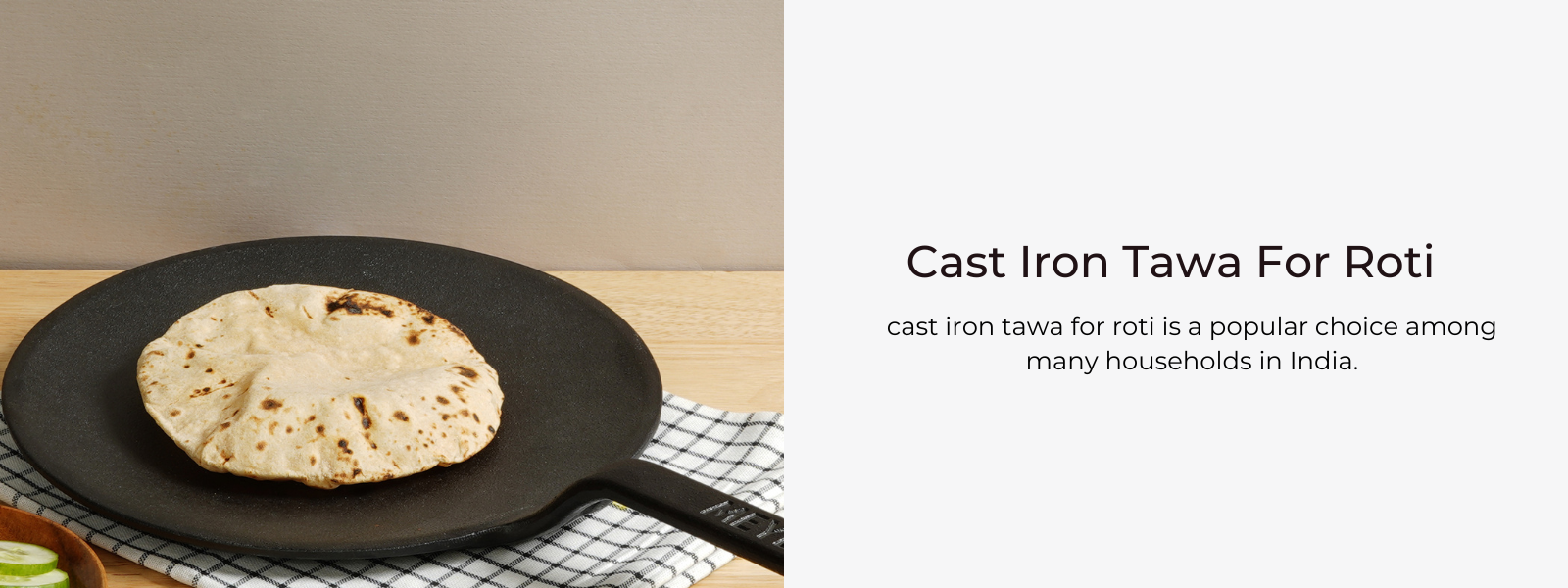
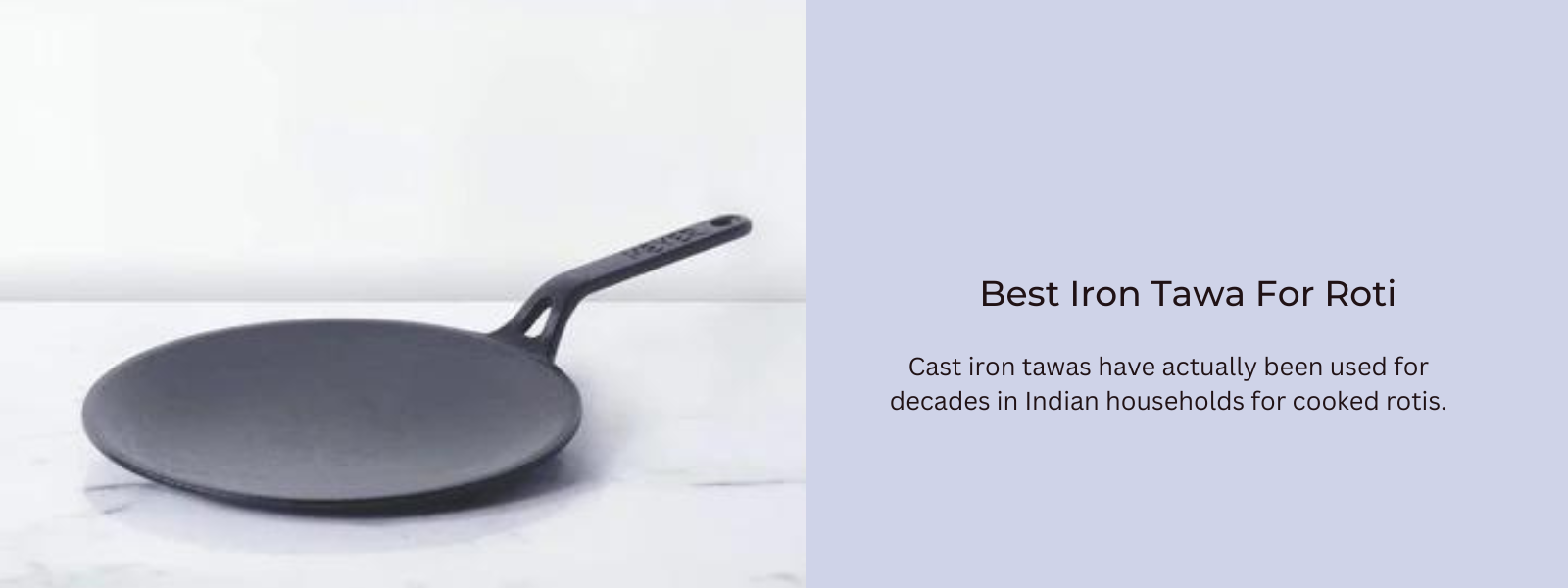

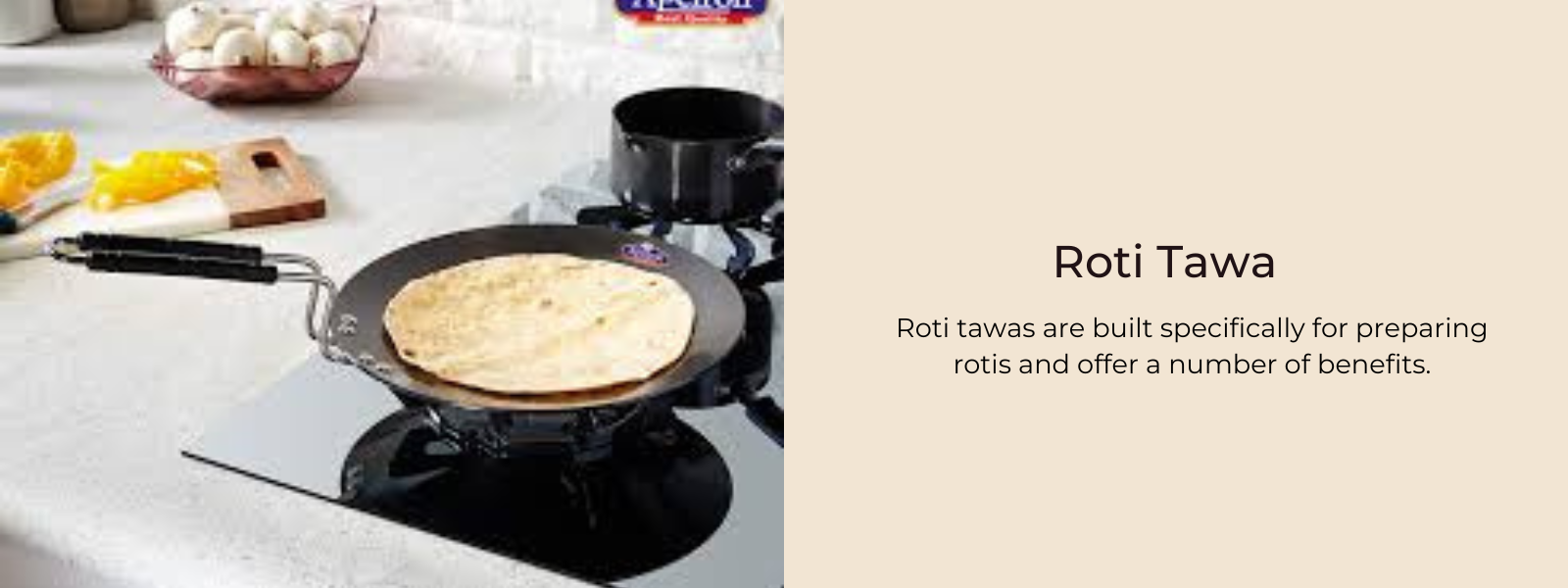
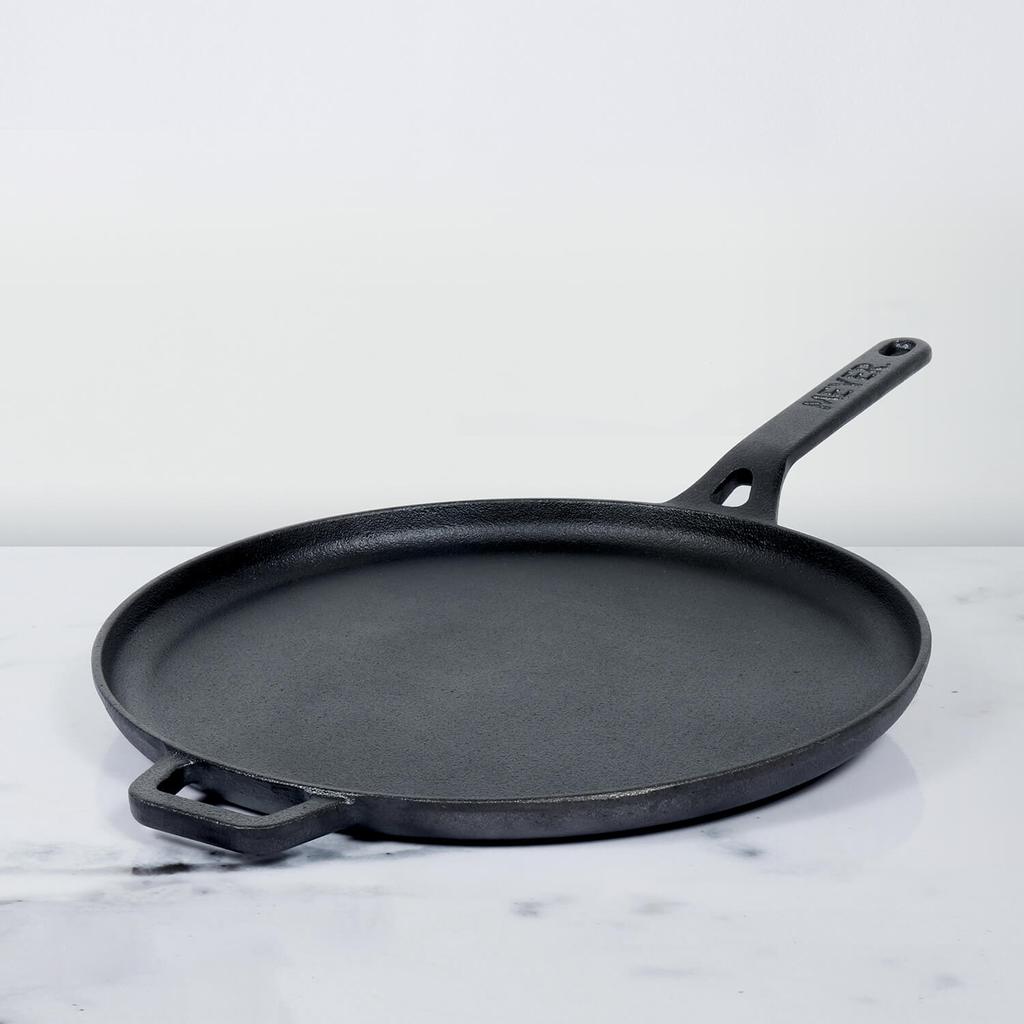
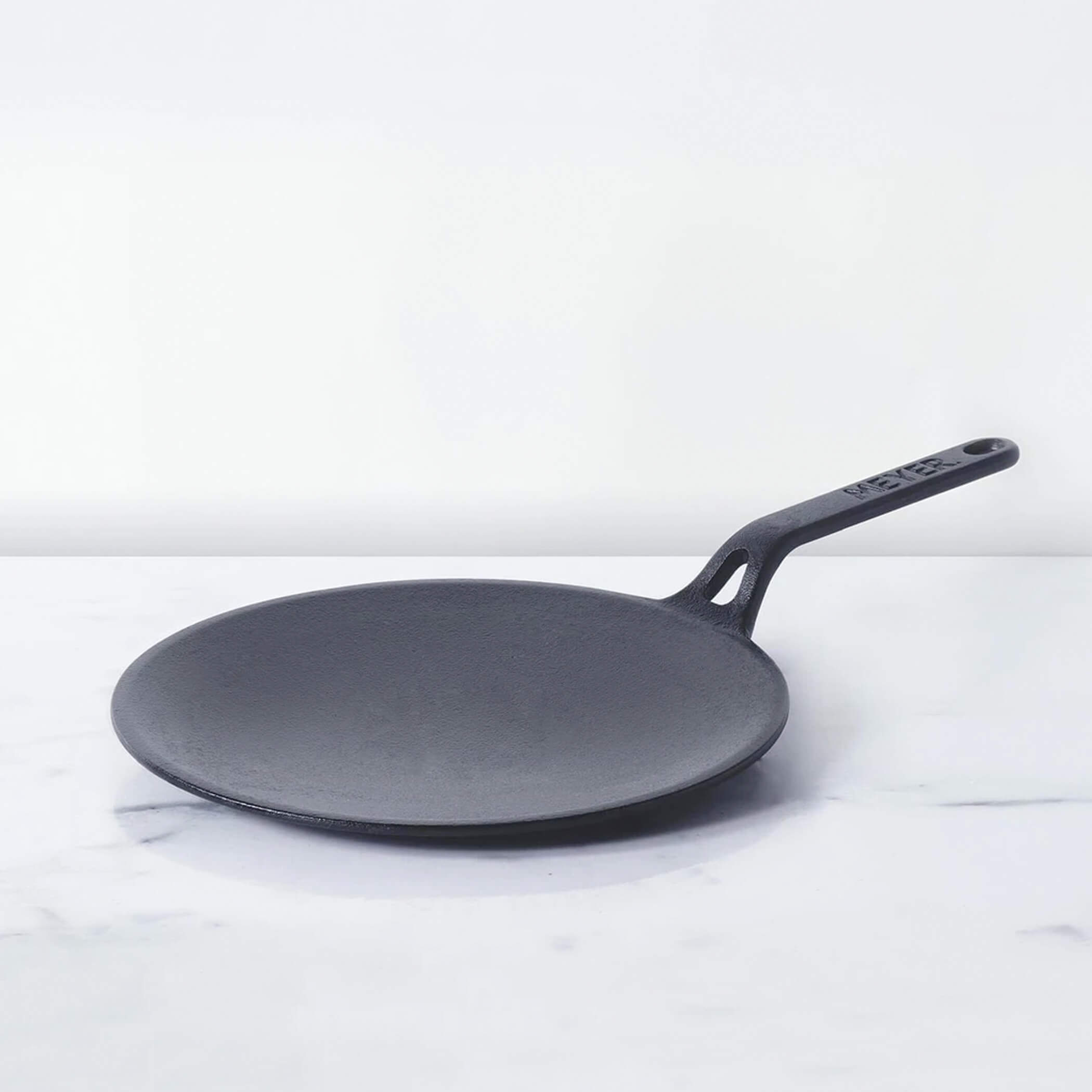




Leave a comment